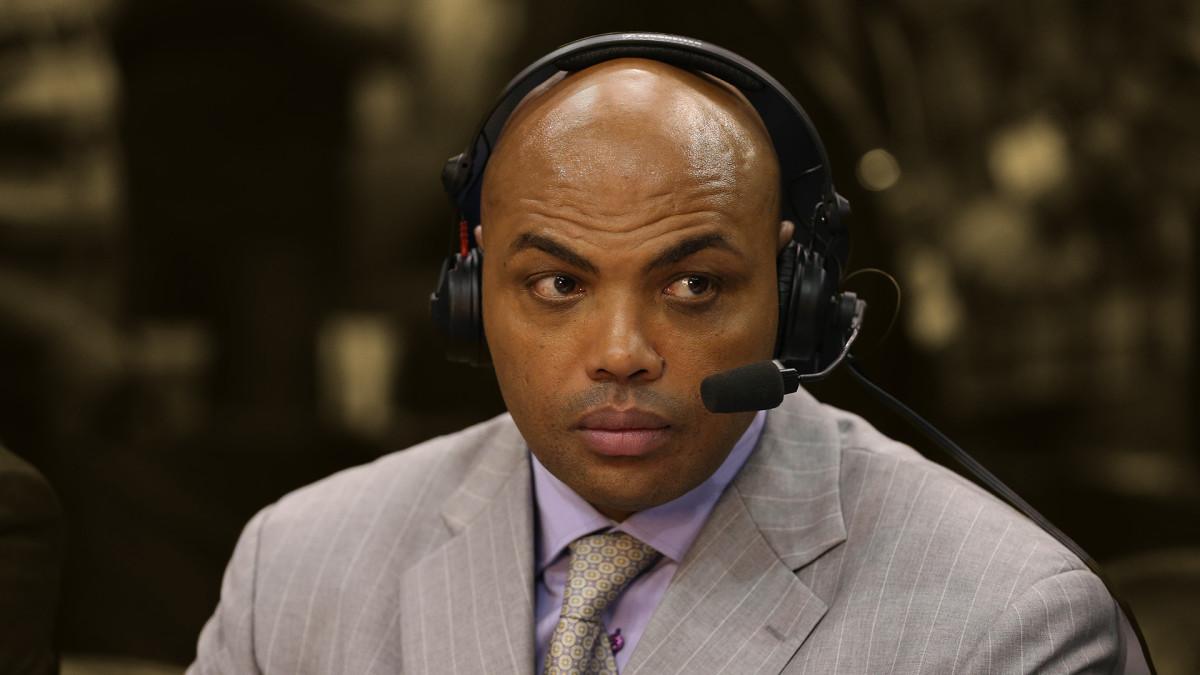When ESPN’s “The Last Dance” dropped in the spring of 2020, it didn’t just revive old debates but split open locker rooms that many believed had long been sealed shut. The 10-part docuseries, built around the iconic 1997-98 Chicago Bulls season, landed like an earthquake.
With Michael Jordan at the core, it was raw (maybe too raw) and not everyone appreciated how deep the cameras dug or how it painted a narrative.
Staying in the locker room
Charles Barkley played both with and against Jordan during the ’90s. He was Jordan’s close friend, but he never backed down from calling things as he saw them — including what rubbed him the wrong way about The Last Dance.
Advertisement
“Whatever happens in the locker room, stays in the locker room,” Barkley said. “And that’s one thing about this documentary — it’s like, nah, it’s some really bad stuff going on in the locker room; you guys don’t really wanna know. Y’all just wanna see us play basketball. Y’all don’t wanna see what goes on behind the scenes. That’s probably the one thing that disappoints me the most about the documentary.”
For decades, the mantra of “what happens in the locker room stays in the locker room” defined the silent code among NBA players. It was a sanctuary, a place where heated arguments, private jokes and personal struggles unfolded away from the public gaze. That unwritten law was shattered the moment the camera rolled inside.
And it wasn’t a hidden camera either. In fact, the team had given a film crew unprecedented access throughout the 1997–98 season. Over 500 hours of footage were captured — some of it during flights, others in hotel rooms and much of it in the locker room — where tempers flared and alliances frayed.
Jordan initially agreed to the filming during that season but only greenlit its release nearly two decades later in 2016, when the world had changed and nostalgia was ripe. But for Barkley, the timing didn’t erase principle.
Advertisement
The idea of the documentary being solely about the 1997–98 Bulls season fell apart the moment the narrative shifted. Though promoted as a portrait of the team’s final championship run, The Last Dance quickly became the Jordan story, orbiting his triumphs, rivalries, grudges and psyche. That shift sparked resentment among several former Bulls players, who felt reduced to footnotes in a saga they had helped build.
The Last Dance criticisms
Scottie Pippen, in particular, was vocal about feeling disrespected by how the series portrayed him. Horace Grant called the documentary “Bulls—” and disputed the accuracy of certain scenes. Even coaches and team staff expressed concern that the edit leaned too heavily in favor of Jordan’s perspective.
Advertisement
But Barkley’s frustration didn’t stop at storytelling bias. His issue ran deeper. It was about the loss of mystery, the erosion of a boundary that once protected athletes from public dissection. Player privacy meant something especially in the locker room, and dignity and discretion were closely tied.
“I hate that a lot of people are going to see a lot of stuff that goes on behind the scenes,” Barkley said, reflecting on his discomfort over what was shown.
The documentary’s viewership numbers confirmed its global impact. Averaging 5.6 million viewers per episode during its original run and eventually reaching an even broader audience through Netflix, The Last Dance became one of the most-watched sports documentaries ever.
But popularity didn’t mean universal approval. It was, in many ways, a mirror — one that reflected greatness but also laid bare the cracks beneath it. Barkley’s concerns weren’t just about Jordan. They were about legacy, camaraderie and the invisible toll of lifting the veil.
Advertisement
In the end, The Last Dance did what all great sports documentaries do: it reignited debate. It celebrated dominance. It brought myths back to life. But in doing so, it also altered the lens through which players from that golden era will now be seen.

